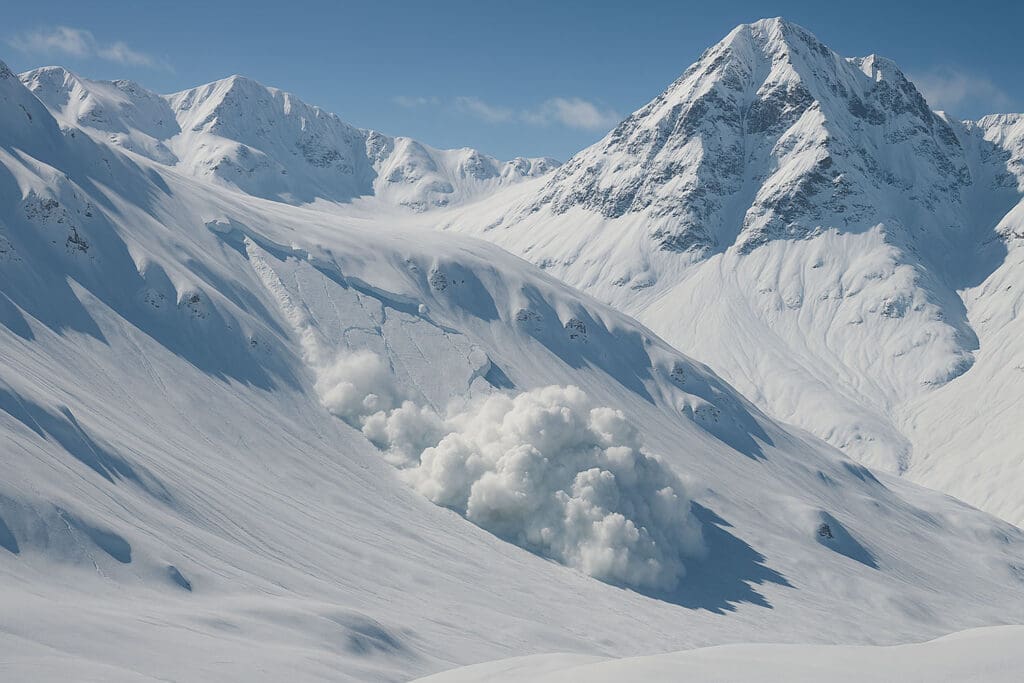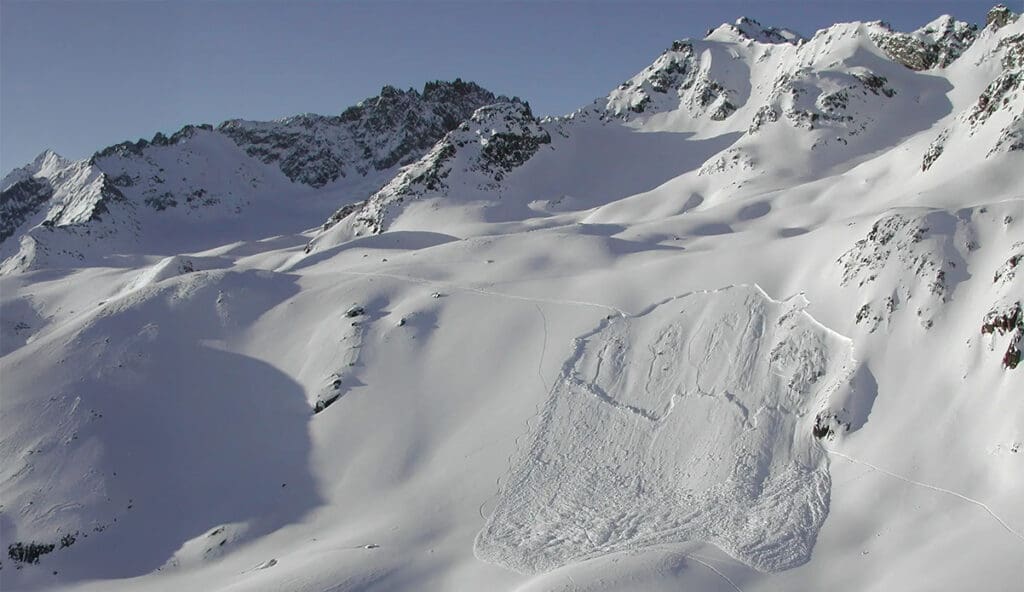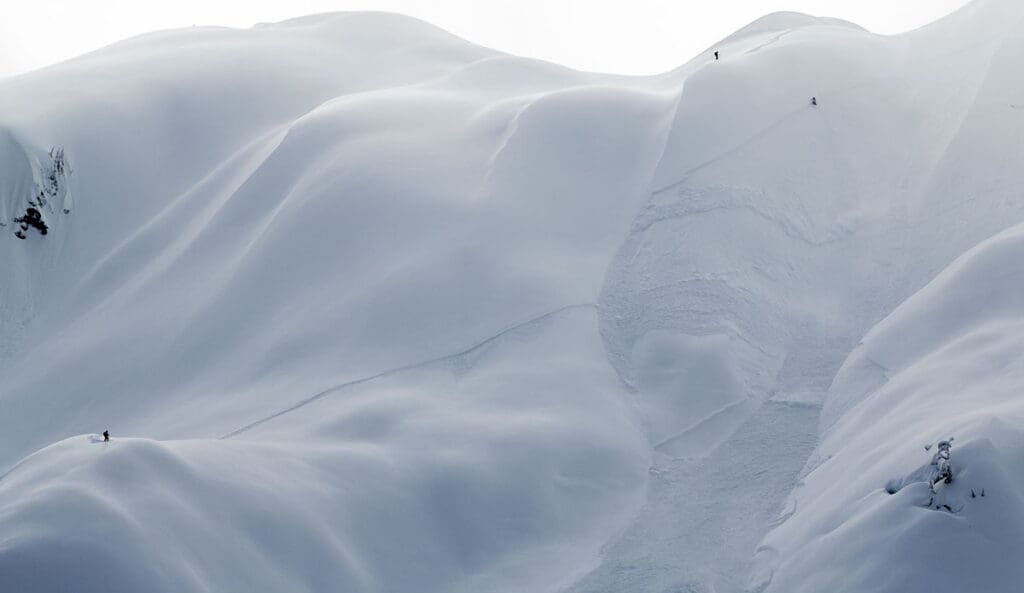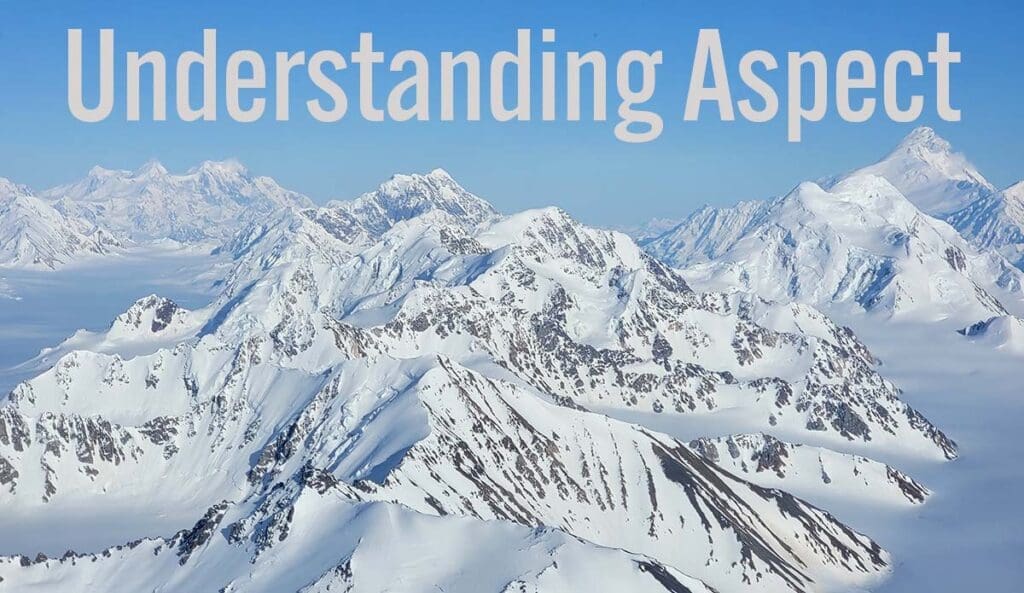What is a Persistent Slab Avalanche?
In the world of avalanche safety, a persistent slab avalanche is one of the most notorious hazards because of how long it can linger. Unlike storm or wind slabs that may stabilize quickly, persistent slabs are caused by weak layers deep within the snowpack, such as buried surface hoar or depth hoar, that remain unstable for extended periods. These avalanches can occur days, weeks, or even months after a storm, catching even seasoned backcountry travelers by surprise.
How Persistent Slabs Form
To understand persistent slabs, it’s important to first look at how weak layers form in the snowpack. These layers, which may be caused by surface hoar, depth hoar, or faceted snow, develop under specific weather conditions—typically during cold, clear nights or in shallow snowpacks. When new snow falls on top of these weak layers, the snowpack becomes like a fragile bridge built on an unstable foundation.
Weak Layers as a Fragile Bridge
Imagine walking across a wooden bridge that has rotting planks underneath. While the surface looks solid, any extra pressure could cause the bridge to collapse. That’s exactly how a persistent weak layer operates within the snowpack—it’s the weak foundation beneath that can give way under pressure, even long after a storm has passed.
Why Persistent Slabs are Dangerous
One of the main reasons persistent slabs are so dangerous is their unpredictability. After a storm, it may seem like the snow has stabilized, and skiers or snowboarders can be lulled into a false sense of security. But unlike storm slabs, which tend to stabilize relatively quickly, persistent slabs remain a lurking threat long after the initial snowfall. It’s common for a persistent weak layer to cause avalanches days or even weeks after a storm, especially when a new load of snow or a human trigger adds stress to the snowpack.
Another danger is that persistent slabs can propagate over large areas. A small trigger can cause the slab to release over a wide section of a slope, making these avalanches larger and more destructive.

Signs of Persistent Slab Avalanches
While persistent slabs are difficult to predict, there are signs that can help you assess whether the snowpack is at risk:
- Avalanche Reports: Persistent slabs are often highlighted in avalanche bulletins as a persistent weak layer. If you see this mentioned, assume the risk is ongoing, even if conditions seem otherwise stable.
- Cold, Clear Weather Patterns: Weak layers like depth hoar or surface hoar often form during cold, clear conditions, so keep track of early-season weather. If there was a stretch of calm, frigid nights followed by heavy snowfall, you might be dealing with a persistent slab.
- Snow Pit Tests: Digging a snow pit can help you identify weak layers in the snowpack. Look for large, sugary crystals at the base of the snow or poorly bonded layers between storms.
Case Study: The Unseen Threat of a Persistent Slab
One of the most famous cases of a deep persistent slab is from 2003, where seven people perished while on a trip with Selkirk Mountain Experience. No signs of instability had been observed, and yet the right situation unfolded where people were buried, including snowboarding legend Craig Kelly. This tragedy is showcased in two books: Buried by Ken Wylie (who was a guide on the trip) and The Darkest White by Eric Blehm.
How to Stay Safe in Persistent Slab Conditions
Given the long-lasting nature of persistent weak layers, it’s essential to be cautious throughout the season. Here are some tips for staying safe:
- Pay Attention to Avalanche Bulletins: If persistent slabs are mentioned, assume that risk remains high. Even after the snow has settled, the underlying weak layers can still be triggered.
- Avoid Steep Slopes: Persistent slabs are more likely to release on steep terrain. Stick to lower-angle slopes, especially when you know there’s a buried weak layer.
- Practice Patience: Persistent slabs can take a long time to stabilize. Be patient and avoid high-risk areas until conditions improve. The allure of fresh powder isn’t worth the danger.
- Use Snow Pit Tests: Regularly dig snow pits in areas you plan to travel. While they aren’t foolproof, they can provide insight into whether a persistent weak layer is still active.
- Consider Group Dynamics: Spread out when traveling across suspect slopes, and avoid gathering in terrain traps or under high-risk slopes. The less stress you place on the snowpack, the lower the chance of triggering a slab.
A Long-Lasting Avalanche Risk
Persistent slabs represent one of the most deceptive and enduring risks in the backcountry. While the snow on the surface may seem stable, a hidden weak layer can cause avalanches long after a storm has passed. By staying aware of weather patterns, paying attention to avalanche bulletins, and taking a cautious approach, you can reduce the risk of triggering a persistent slab.


